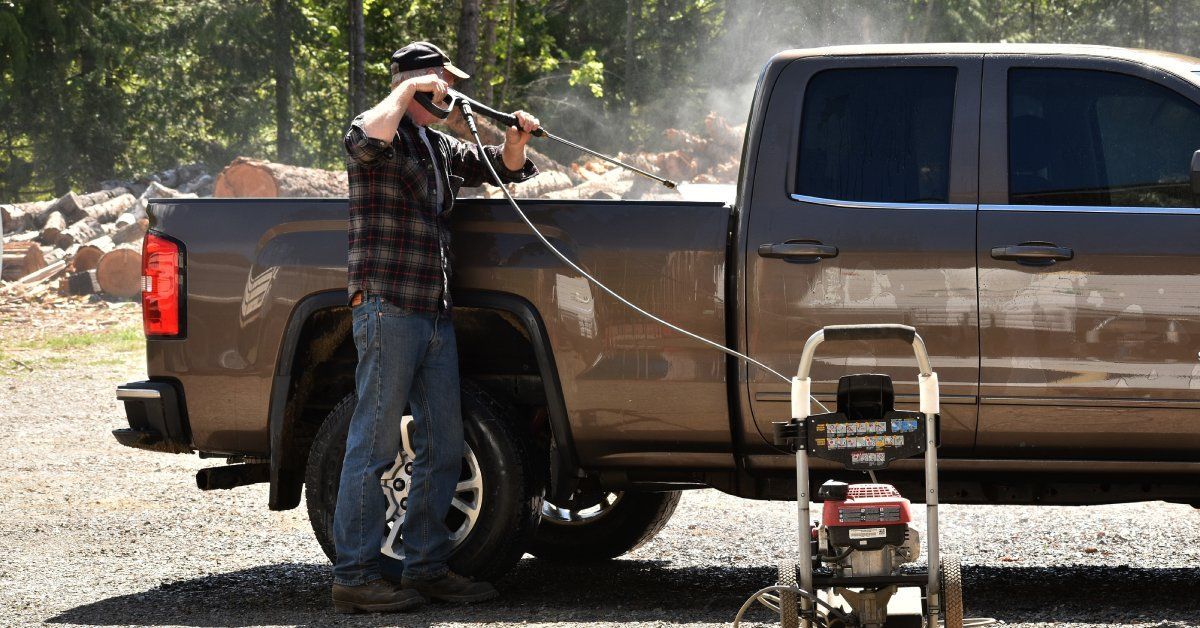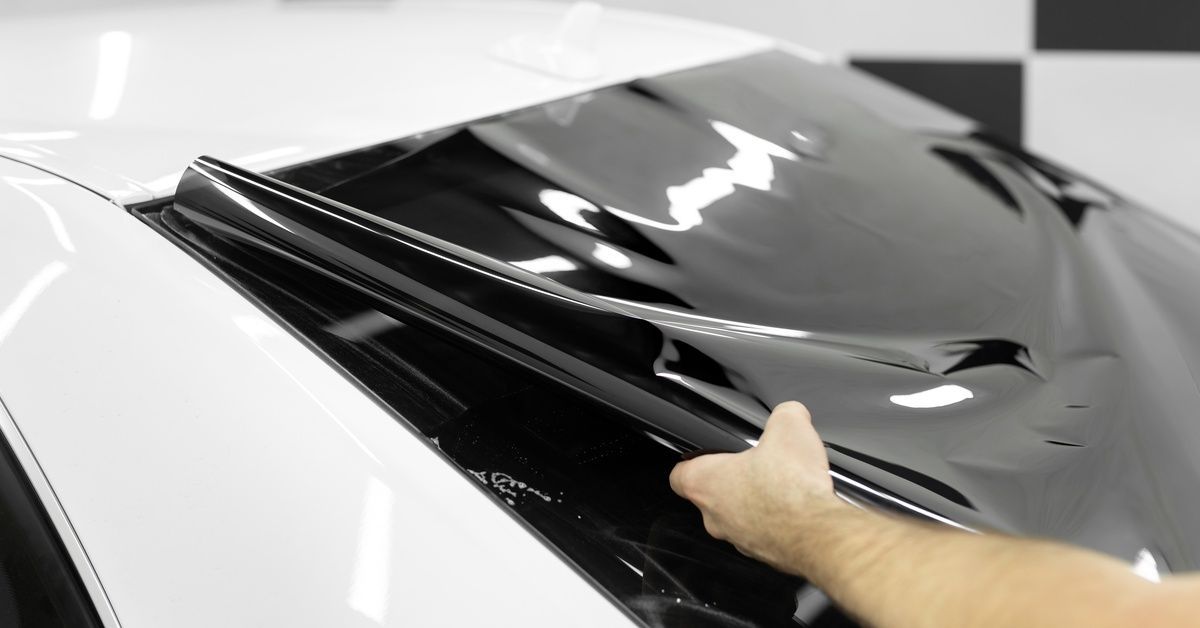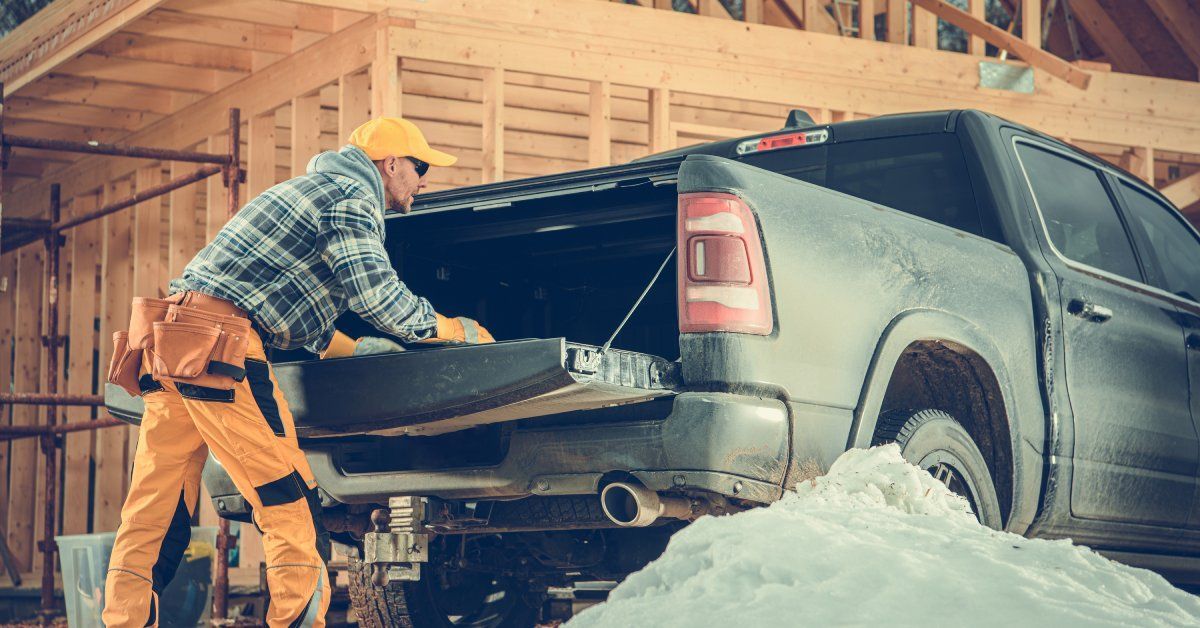11 Ways To Protect and Maintain Your Truck Bed

Owning a pickup truck comes with a unique set of responsibilities, especially when it comes to maintaining its functionality and appearance. One critical component that requires frequent care is the truck bed. A well-maintained truck bed not only promotes the longevity of your vehicle but also maximizes its utility and resale value.
Pickup truck owners often use their truck beds for hauling heavy loads—such as furniture, equipment, or dirt and gravel—all of which can inflict damage over time. To help you keep everything in the best condition possible, read on to learn some practical ways to protect and maintain your truck bed .
Install a Truck Bedliner
One of the most effective ways to protect your truck bed is by installing a truck bedliner. These liners come in various materials, such as rubber, plastic, or carpet, and can withstand heavy-duty use. They provide a protective layer that prevents scratches, dents, and corrosion from rough or abrasive items.
There are two primary types of truck bedliners to consider: drop-in and spray-in.
Drop-in Liners
These are pre-formed to fit your truck bed and are easy to install and remove. While affordable, they may shift during use if you don’t properly secure them.
Spray-in Liners
Applied directly to the truck bed’s surface, spray-in bedliners create a permanent, durable coating. They offer a seamless fit and excellent protection but require professional application.
Apply a Tonneau Cover
A tonneau cover is another excellent option for protecting your truck bed from the elements and potential damage. Tonneau covers come in hard or soft materials and can shelter the entire truck bed, shielding it from rain, snow, and debris. They also prevent UV rays from causing the bed to fade or crack over time.
Beyond protection, tonneau covers can improve your truck’s aerodynamics, thus providing better fuel efficiency. They also give you a secure way to transport items, preventing theft or accidental loss during transit.
Practice Proper Cleaning

Regular cleaning is a vital part of truck bed maintenance. Mud, grease, and debris accumulate, leading to rust and corrosion if you don’t address the buildup. Here’s how to clean your truck bed effectively:
- Remove any loose debris and sweep out the bed.
- Use a pressure washer or a hose to rinse away stubborn dirt.
- Apply a mild soap or automotive detergent and scrub the surface using a soft-bristled brush. Avoid harsh cleaners that could damage the truck bed material or liner.
- Rinse thoroughly and allow the bed to dry completely to prevent lingering moisture.
If your truck bedliner is removable, take it out periodically to clean both the liner and the bed beneath it. Maintaining cleanliness not only enhances the appearance of your truck but also prevents long-term damage.
Protect Against Rust and Corrosion
Rust is a common problem for truck beds, especially in regions with harsh winters or high humidity. Preventing rust formation requires proactive effort. For one, you should inspect your truck bed regularly for anything that could lead to rust, such as scratches, chips in the paint, or trapped moisture.
Apply a rust inhibitor spray to create a barrier against moisture and salt. Additionally, reapply touch-up paint if the truck bed’s surface becomes chipped or scratched, ensuring the metal beneath is sealed. Lastly, avoiding prolonged exposure to water and road salt can significantly reduce the risk of rust formation.
Use a Tailgate Protector
Your tailgate is an integral part of your truck bed and deserves equal care. Install a tailgate protector to prevent dents and scratches from frequent loading and unloading. Tailgate protectors are available in materials like plastic or steel and act as a shield against impact damage.
If you use your tailgate as a workspace or step platform, protectors add essential durability that ensures your tailgate lasts as long as the truck itself.
Avoid Overloading Your Truck Bed
Exceeding your truck’s weight capacity not only strains the vehicle’s suspension and engine but also damages the truck bed. Overloading can result in warping, cracking, or bending of the bed surface, especially if you’re transporting heavy, unevenly distributed loads.
Always refer to your truck’s owner’s manual for its maximum payload capacity and distribute weight evenly across the bed. Use bed dividers or cargo organizers to keep items secure and prevent them from sliding around as you drive.
Consider Bed Mats and Cargo Nets
For added protection, consider using bed mats and cargo nets. Bed mats are an affordable and simple solution that protects your truck bed floor from scratches, dents, and spills. They are typically made of rubber or durable synthetic materials and are easy to install and clean.
Cargo nets, on the other hand, prevent the stuff in your truck’s bed from moving around while you drive. This is particularly useful when you’re hauling small or lightweight items that could slide and scratch the bed’s surface. Moreover, ensuring your cargo remains in place protects not only the bed but also other drivers on the road.
Ensure Proper Drainage
Standing water can wreak havoc on your truck bed by encouraging rust, mold, and unpleasant odors to develop. Most pickup trucks are designed with drainage holes that allow water to escape. Regularly check these holes to ensure they’re not clogged with dirt or debris. If you notice water pooling in your truck bed, address the issue promptly to avoid long-term damage.
Invest in a Bed Extender if Necessary
If you often carry large or awkwardly shaped cargo, investing in a bed extender can be a game changer. Bed extenders allow you to safely haul oversized items while protecting the edges of your truck bed. They also prevent the need for makeshift modifications that could harm the truck bed’s surface.

Store Your Truck Properly
Parking your truck in a garage or under a carport can protect the bed from the elements when it’s not on the road. If you don’t have access to covered parking, consider using a weatherproof truck cover to shield the entire vehicle. Prolonged exposure to sunlight, rain, and snow can deteriorate the quality of your truck bed over time, so proper storage is key to long-term preservation.
Inspect for Damage Regularly
Routine inspections can help you identify and address potential problems early. Check for scratches, dents, loose fittings, or signs of corrosion. Pay attention to any wear and tear, especially if you frequently haul heavy or abrasive items. Promptly repairing minor issues prevents them from escalating into major damage.
Taking the time to protect and maintain your truck bed can save you from costly repairs and extend the life of your pickup. Whether you’re using your truck for professional work, weekend adventures, or everyday errands, implementing these tips ensures that the bed remains in excellent condition. The maintenance you do will reflect your commitment to preserving your pickup’s value and performance.











